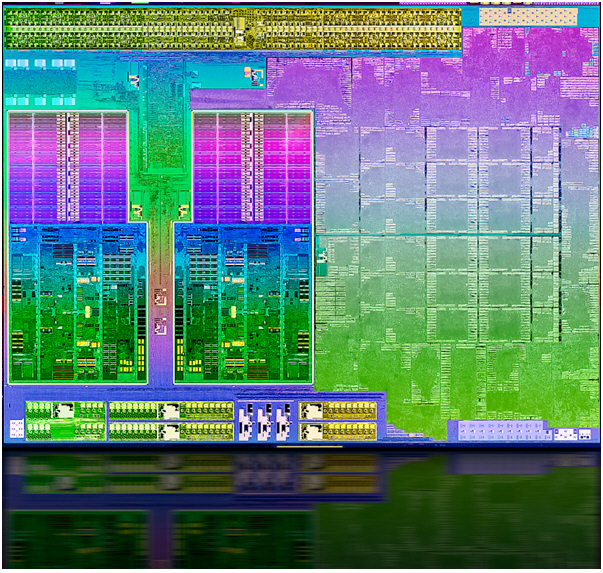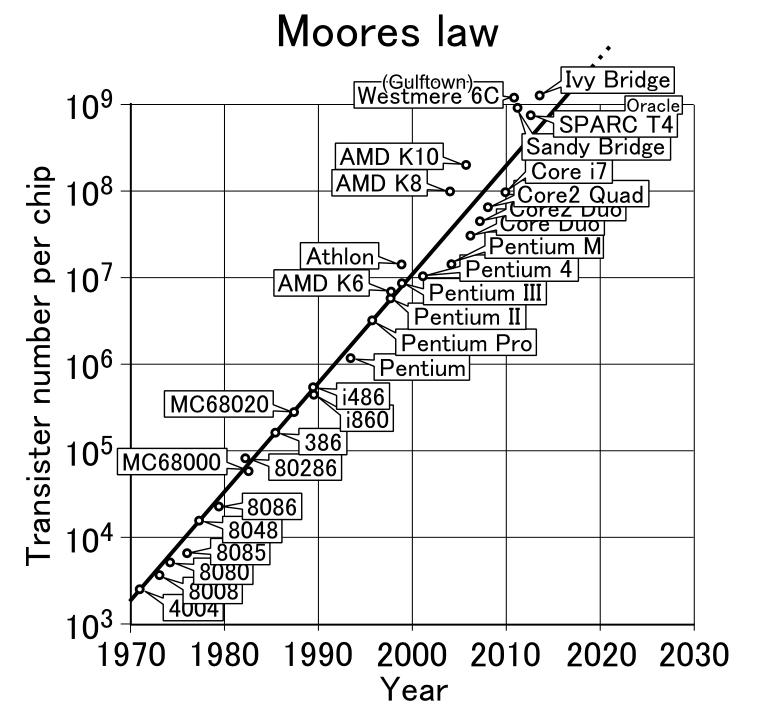
24th June 2014 AMD plans for 25x efficiency gains by 2020 AMD has announced its goal to deliver a 25 times improvement in the energy efficiency of its Accelerated Processing Units (APUs) by 2020.
AMD's plans, including innovations that will produce the expected efficiency gains, were presented by Chief Technology Officer Mark Papermaster during a keynote at the China International Software and Information Service Fair (CISIS) in Dalian, China. The "25X20" target is a substantial increase compared to the prior six years (2008 to 2014), during which time AMD improved the typical-use energy efficiency of its products by around 10x. Worldwide, three billion personal computers use more than one percent of all energy consumed annually, and 30 million computer servers use an additional 1.5 percent of all electricity consumed at an annual cost of $14 billion to $18 billion USD. Expanded use of the Internet, mobile devices, and interest in cloud-based video and audio content in general is expected to result in all of those numbers increasing in future years. "Creating differentiated low-power products is a key element of our business strategy, with an attending relentless focus on energy efficiency," said Papermaster. "Through APU architectural enhancements and intelligent power efficient techniques, our customers can expect to see us dramatically improve the energy efficiency of our processors during the next several years. Setting a goal to improve the energy efficiency of our processors 25 times by 2020 is a measure of our commitment and confidence in our approach." "The energy efficiency of information technology has improved at a rapid pace since the beginning of the computer age, and innovations in semiconductor technologies continue to open up new possibilities for higher efficiency," said Dr. Jonathan Koomey, research fellow at the Steyer-Taylor Centre for Energy Policy and Finance at Stanford University. "AMD has steadily improved the energy efficiency of its mobile processors, having achieved greater than a 10-fold improvement over the last six years in typical-use energy efficiency. AMD's focus on improving typical power efficiency will likely yield significant consumer benefits substantially improving real-world battery life and performance for mobile devices. AMD's technology plans show every promise of yielding about a 25-fold improvement in typical-use energy efficiency for mobile devices over the next six years, a pace that substantially exceeds historical rates of growth in peak output energy efficiency. This would be achieved through both performance gains and rapid reductions in the typical-use power of processors. In addition to the benefits of increased performance, the efficiency gains help to extend battery life, enable development of smaller and less material intensive devices, and limit the overall environmental impact of increased numbers of computing devices." Moore's Law states that the number of transistors capable of being built in a given area doubles roughly every two years. Dr. Koomey's research demonstrates that historically, energy efficiency of processors has closely tracked the rate of improvement predicted by Moore's Law. From 2014-2020, however, AMD expects its energy efficiency achievements to outpace the historical trend of Moore's Law by at least 70 percent.
Credit: shigeru23 (CC-BY-SA-3.0)
Heterogeneous System Architecture (HSA), for example, can combine CPU and GPU cores along with special purpose accelerators and video encoders on the same chip, in the form of APUs. This innovation saves energy by eliminating the connections between discrete chips, and reducing the number of compute cycles by treating the CPU and GPU as peers – seamlessly shifting workloads to the optimal processing component. Intelligent, real-time power management offers another potential efficiency gain. Most computing operation is characterised by "idle time" – the interval between keystrokes, touch inputs or time reviewing displayed content. Executing tasks as quickly as possible to hasten a return to idle, and then minimising the power used at idle is extremely important for managing energy consumption. Most consumer-oriented tasks such as web browsing, document editing, and photo editing benefit from this "race to idle" behaviour. Accelerated Processing Units (APUs) can perform real-time analysis on the workload and applications – dynamically adjusting clock speed to achieve optimal throughput rates, then dropping back into low-power idle mode. Future innovations such as inter-frame power gating, per-part adaptive voltage, voltage islands, further integration of system components, and other techniques still in the development stage should yield additional gains in energy efficiency.
Comments »
|








